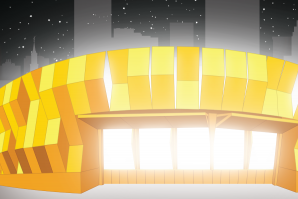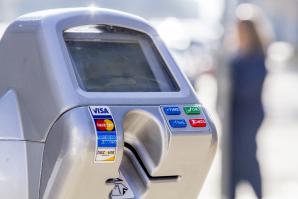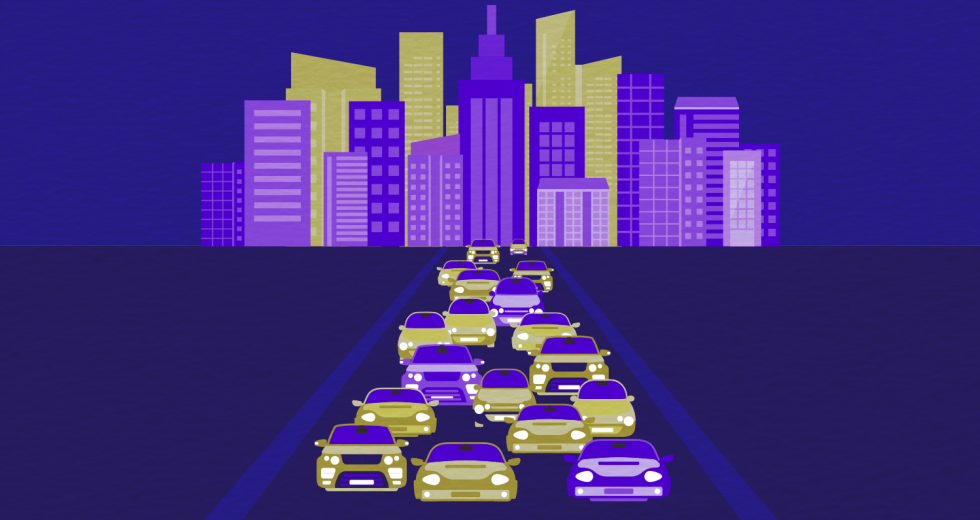The effort to keep the Sacramento Kings in town showed what a community can do when everyone rallies around a cause. Now that the Golden 1 Center is opening and fans are coming downtown to enjoy the Kings, it’s bringing many people together again — perhaps too closely.
Depending on event starting times, the arena will create waves of traffic that ebb and flow through the downtown core as commuters leave town and fans arrive. Before fans can sit side by side in the new arena at game time, many will be sitting bumper to bumper in traffic.
Transportation problems in the downtown core and elsewhere in the region are just as complex as the fight to keep the team in town and it will take teamwork across the Capital Region to address them. Some projects are already in the works to ease the strain.
BETTER RT SERVICE: Anticipating that more people will be traveling downtown, some perhaps for the first time, Sacramento Regional Transit is adding trains on event nights, each holding up to 600 people. They will leave the arena area as soon as they fill up, rather than waiting for the usual 15 minute intervals. There also will be more security and better lighting at stations. The Downtown Partnership has added staff to help arena-goers find their way to and from the RT stations and navigate downtown streets.
Related: A Clean Track Record
Downtown/Riverfront Streetcar Project: The 3.3 mile trolley system will eventually connect West Sacramento and downtown, adding mobility and reducing congestion in the core. The project just received $30 million from the California State Transportation Agency. The federal government recently committed $100 million to the project. If that commitment is approved by Congress, Sacramento leaders must still come up with another $100 million to build the line.
Capital Corridor Trains: Arena-goers who live in Davis or other westward cities can now catch a late train home leaving at 10:30 p.m., potentially reducing post-game traffic on Interstate 80. After 20 years of discussions, Placer County transportation officials and Union Pacific have agreed to add tracks eastward. Improvements in progress at the Roseville railyard will ultimately increase capacity. UP will be able to move more freight through a bottleneck. Residents who live in Roseville and Auburn will have three commuter trains a day instead of the one they have now.
Of course, not all of these projects offer short-term relief for motorists. Local officials hope to start construction on the Downtown/Riverfront Streetcar project by early 2018, having it up and running by 2020. But we don’t yet know whether Congress will approve the Fed’s half of the funding and how the line will be financed locally.
The “three-track” Capital Corridor project, which will add 17 miles of new track between Sacramento and Roseville, will not be completed until 2018. The first phase of the project is $78 million and will only make a small dent in the demand for commute options. “This project will give us three commuter trains a day,” says Celia McAdam of the Placer County Transportation Planning Agency. “We could use 10 trains a day.” That will cost $200 million.
Related: Rolling Out the Red Carpet
Many parts of the Sacramento region, such as Roseville and Rancho Cordova, that were once thought of as suburbs, are now job-generators in their own right. Traffic now backs up on the region’s freeways in both directions and often it’s not limited to traditional commute times. Traffic congestion is expected to increase by 43 percent in 20 years, according to estimates by the Sacramento Area Council of Governments.
That congestion is more than an annoyance. It’s costly. Transportation planners estimated the price tag region-wide at $834 million in 2012, a cost that can only increase in future years.
So, untying the traffic knot in Sacramento’s downtown core is about more than just getting to the Kings game on time. It’s a down payment on making Sacramento a more mobile city and fixing long-term traffic needs. And it will take a team effort by elected officials and businesses to succeed.
Recommended For You

The Golden Promise
Most sports economists dismiss the idea that new stadiums boost local economies, but there are reasons to think the Golden 1 Center could be different
When Oleg Kaganovich was growing up in Michigan in the 1980s and early ’90s, his city of Grand Rapids was suffering the doughnut effect then typical of downtowns everywhere: Shoppers and residents were fleeing for the suburbs. By 1990, fewer than one in 10 residents shopped regularly downtown, a drop from about one in three in the early 1960s, according to a local newspaper.

The Parking Upgrade in Progress
How the city plans to accommodate vehicles after Golden 1 Center opens
When the new Golden 1 Center opens its doors in October of this year, several thousand people will flood into downtown Sacramento. They’ll bring their friends, their Kings jerseys, their money and perhaps most worryingly for those who work along busy streets in the area — their cars.



